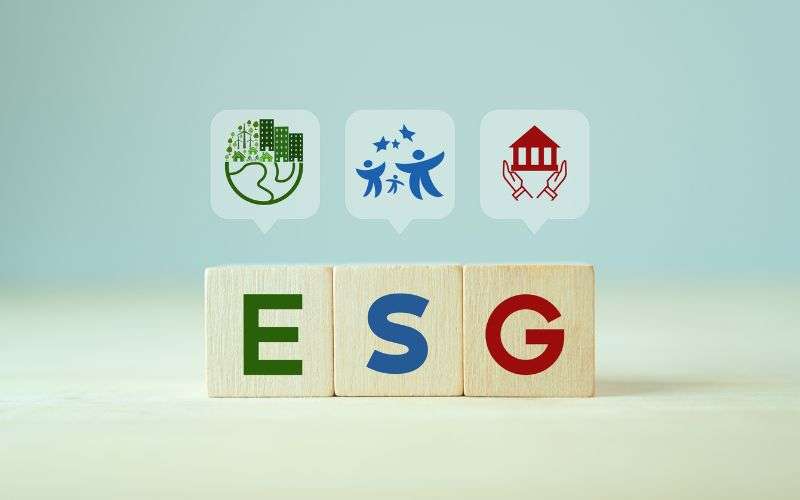Measuring ESG Performance: Metrics and Tools for Assessment

Assessing Environmental, Social, and Governance (ESG) performance is essential for investors, companies, and stakeholders seeking to understand and improve sustainability practices. Effective measurement of ESG factors requires the use of specific metrics and tools tailored to each aspect of ESG. Here’s an overview of key metrics and tools used to evaluate ESG performance:
Environmental Metrics
- Carbon Footprint: Measures greenhouse gas emissions (CO2e) associated with operations, supply chains, and products.
- Energy Consumption: Tracks energy use and efficiency to assess environmental impact.
- Water Usage: Quantifies water consumption and efficiency to manage water-related risks.
- Waste Management: Evaluates waste generation, recycling rates, and disposal practices.
- Biodiversity Impact: Assesses impact on ecosystems and biodiversity conservation efforts.
Social Metrics
- Diversity and Inclusion: Measures workforce diversity, including gender, ethnicity, and age.
- Employee Engagement: Assesses employee satisfaction, retention rates, and training programs.
- Health and Safety: Tracks workplace safety records and health initiatives.
- Community Relations: Evaluates community engagement, philanthropy, and social impact initiatives.
- Human Rights: Assesses adherence to human rights principles across operations and supply chains.
Governance Metrics
- Board Diversity: Measures diversity within the board of directors.
- Executive Compensation: Evaluates alignment of executive pay with company performance and sustainability goals.
- Ethics and Compliance: Assesses policies and practices related to ethics, anti-corruption, and compliance.
- Shareholder Rights: Evaluates shareholder rights and transparency in governance structures.
- Risk Management: Assesses governance frameworks for identifying and managing risks, including ESG risks.
Tools for Assessment
- ESG Ratings and Rankings: Utilize ESG rating agencies (e.g., MSCI, Sustainalytics, and ISS ESG) that assess companies based on ESG criteria and provide rankings.
- ESG Indices: Track ESG performance through specialized indices like the Dow Jones Sustainability Index (DJSI) and FTSE4Good Index Series.
- ESG Reporting Frameworks: Follow standardized frameworks such as the Global Reporting Initiative (GRI) and Sustainability Accounting Standards Board (SASB) to report ESG performance.
- ESG Data Providers: Access ESG data platforms like Bloomberg, Refinitiv, and CDP (formerly Carbon Disclosure Project) for comprehensive ESG data and analysis.
- ESG Integration Tools: Use software solutions that integrate ESG factors into investment analysis, such as ESG risk assessment and portfolio screening tools.
Challenges and Considerations
- Data Quality and Consistency: Ensure accuracy and reliability of ESG data to make informed decisions.
- Materiality and Context: Tailor ESG metrics to industry-specific material issues and stakeholder priorities.
- Integration with Financial Analysis: Integrate ESG metrics into financial analysis to assess impact on investment performance.
- Continuous Improvement: Regularly review and update ESG metrics and tools to reflect evolving standards and best practices.
- Stakeholder Engagement: Involve stakeholders in defining ESG priorities and measuring performance effectively.
In conclusion, measuring ESG performance requires a comprehensive approach using specific metrics and tools aligned with environmental, social, and governance factors. Companies and investors benefit from using robust ESG assessment frameworks and tools to drive sustainability, enhance transparency, and demonstrate commitment to responsible practices.

